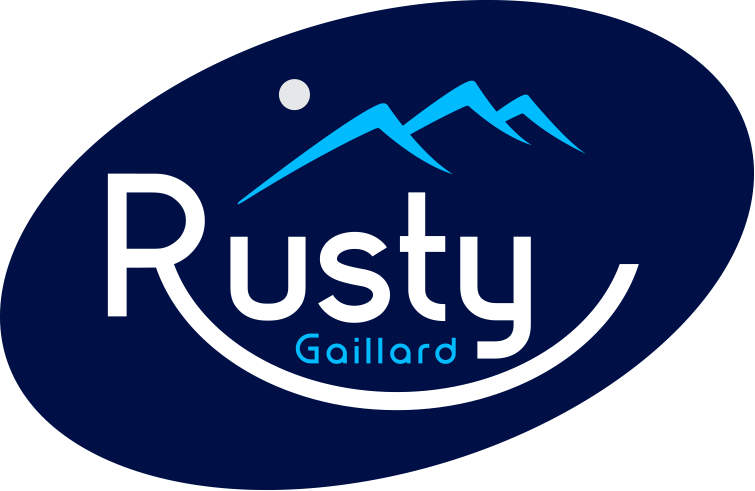3 Steps to Mastering Influence
Influence stands as one of the most critical skills in a leader's toolkit, and is the defining capability that separates truly effective leaders from those who merely occupy leadership positions.
The ability to shape others' perspectives, decisions, and actions — more than technical expertise or strategic thinking — determines your impact. Even the most senior executives cannot accomplish significant goals through authority alone.
Your leadership effectiveness depends not on your power to direct others, but on your capacity to influence them—especially when you lack direct authority.
Authority Isn't Enough
Many professionals reach leadership positions by excelling at execution—delivering results, meeting targets, and completing projects on time. But as you progress as a leader, your effectiveness is measured not by how well you direct your team, but by how well you drive change and progress across the company.
Influence is essential when your authority, expertise, and enthusiasm are not enough to drive action. Superficial, transaction-based techniques often taught in sales seminars are not enough. You need to change how others act and how they think, helping them see genuine value in your perspective.
Transactional vs Transformational Influence
Transactional influence relies on psychological triggers like scarcity ("act now before it's gone"), reciprocity ("I did something for you, now you owe me"), or authority ("trust me because of my position"). While these tactics can generate short-term compliance, they fail to create lasting commitment or change.
Transformational influence, by contrast, builds genuine alignment. It creates situations where others take action not because they must, but because they believe it's the right thing to do. This type of influence doesn't manipulate—it illuminates. It doesn't pressure—it inspires.
The Triangle of Influence
To develop transformational influence, focus on three interconnected elements that form what I call the Triangle of Influence:
1. Perspective
Understanding others' viewpoints forms the foundation of influence. This requires genuine curiosity and the discipline to ask questions rather than immediately offering solutions.
Most leaders reach their positions by solving problems and providing answers. When someone brings a challenge to them, their instinct is to respond with a solution. Influence begins with understanding, not instructing.
Practice asking questions like:
"What makes this challenging for you?"
"How long has this been an issue?"
"What solutions have you already explored?"
"What would an ideal outcome look like from your perspective?"
These questions demonstrate respect for others' experiences while giving you crucial insights into their thinking.
2. Partnership
True influence emerges from alignment, not opposition. Instead of viewing influence as convincing someone to adopt your viewpoint, reframe it as identifying common ground.
Often, this means elevating the conversation to find shared goals. Two departments might disagree on implementation methods, but both ultimately want organizational success. By focusing on this higher-level alignment, you transform the dynamic from adversarial to collaborative.
3. Relationship
We are most influenced by people we know, like, and trust. Building strong professional relationships requires consistent investment in two critical elements:
Candor: People trust those who are straightforward and honest. When you provide direct, constructive feedback and express your genuine thoughts (diplomatically but clearly), you demonstrate integrity. People may not always like what you say, but they'll respect knowing where they stand with you.
Vulnerability: Showing appropriate vulnerability—sharing your thinking, admitting when you don't have all the answers, and taking responsibility when things go wrong—builds connection. It signals authenticity and invites others to do the same.
Together, candor and vulnerability create psychological safety that strengthens relationships and enhances your influence.
People may comply because of your position, but
They commit because of your influence.
Practical Application: Three Ways to Increase Your Influence Today
Transforming how you influence others requires practice. Here are three practical techniques you can implement immediately:
1. Use More Questions Than Statements
In your next meeting, notice how often you make declarative statements versus asking genuine questions. Most leaders speak far more than they listen. Challenge yourself to reverse this ratio. Remember: a single thoughtful question can be more influential than a dozen statements.
2. Avoid Starting Sentences With "I"
When we begin sentences with "I think" or "I believe," we center the conversation on ourselves rather than others. Try reframing your communication to focus on the other person:
Instead of: "I think we should pursue this strategy..."
Try: "Based on your team's priorities, this approach could help you achieve..."
This subtle shift demonstrates that you're considering their needs, not just pushing your agenda.
3. Use "Yes, And" Instead of "No, But"
The words "no" and "but" automatically create resistance. They signal rejection of others' ideas before building on them. Practice using "yes, and" to acknowledge others' contributions while adding your perspective:
Instead of: "That's a good idea, but I think we should..."
Try: "That's a good idea, and we might enhance it by..."
This approach validates others while still moving the conversation forward.
Put Influence to Work
Growing your influence doesn't happen overnight. It requires consistent practice and a shift in how you approach leadership. But the rewards—stronger relationships, better outcomes, and increased effectiveness—make this investment worthwhile.
Remember that influence isn't about getting your way. It's about creating the conditions where others willingly choose to follow your lead because they trust your judgment and believe in your shared goals. When you master this art, you'll find yourself able to drive meaningful change regardless of your formal authority.



